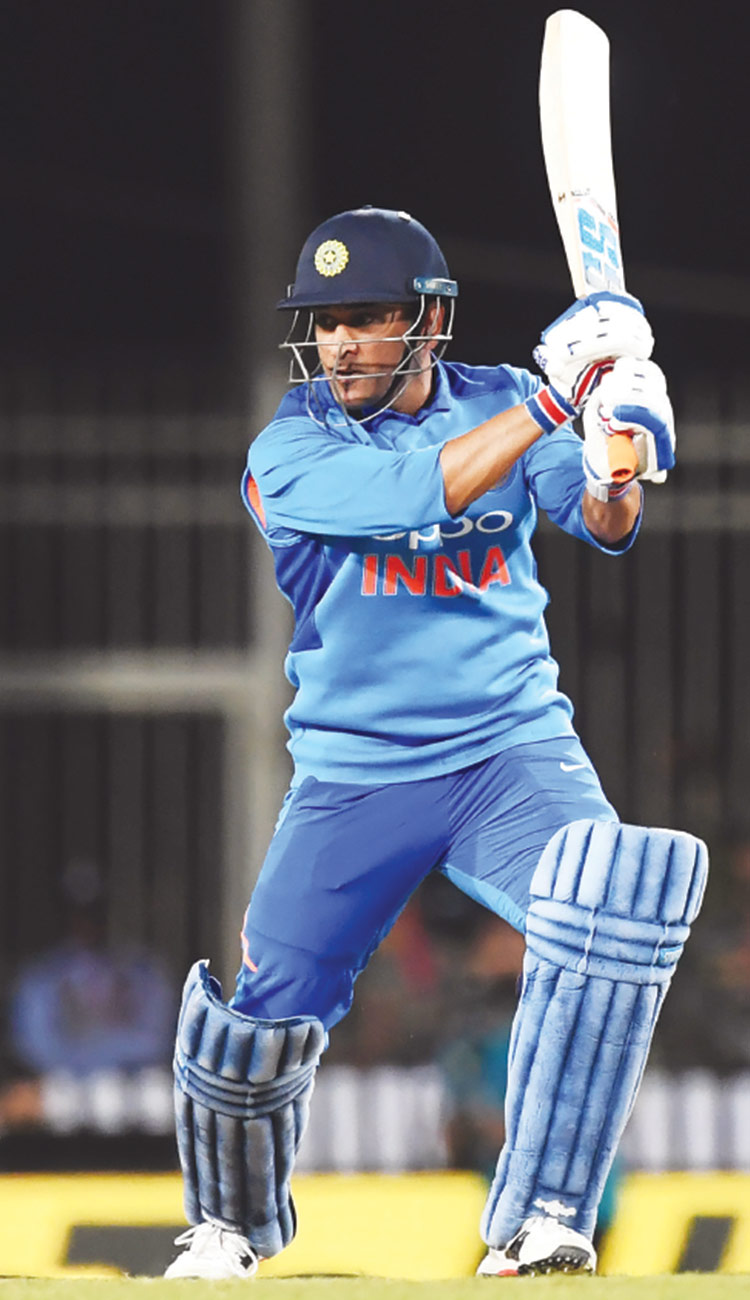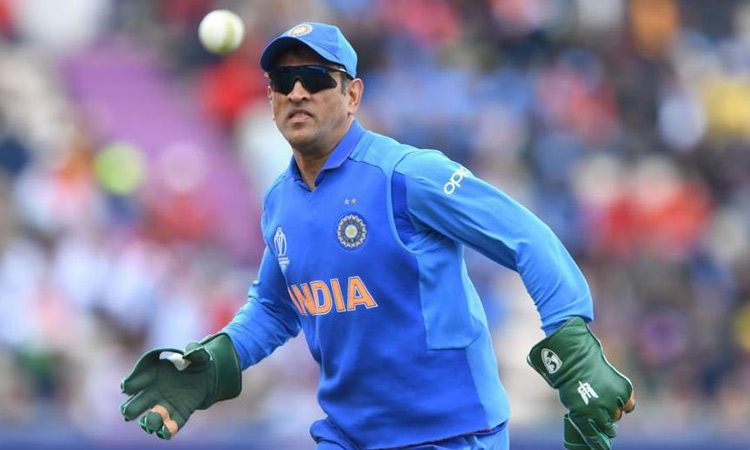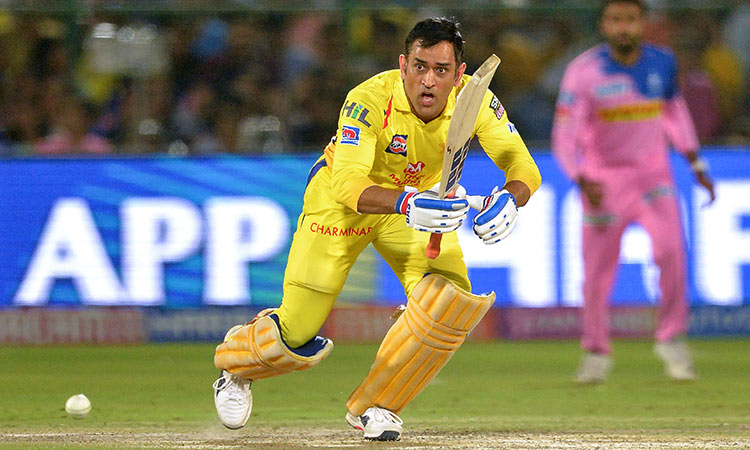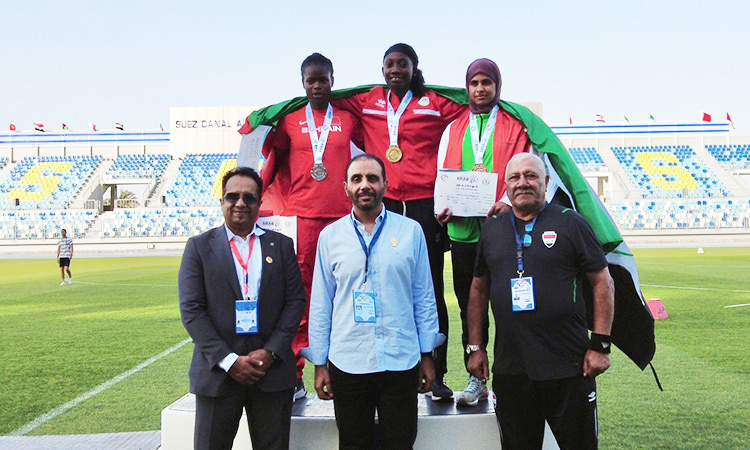Peerless skipper, keeper and finisher


India’s Mahendra Singh Dhoni plays a shot during the third ODI match against Australia in Ranchi. File
“Consider me as (sic) Retired”: that is as cryptic an announcement as any a sportsman can make. In the middle of a pandemic, Dhoni chose Instagram – a social media platform that is at once personal and distant, shielded from the cacophony of obtrusive, privacy-denting tweets – to let the world know that he was ending his international career on India’s 74th Independence Day.

The move came following months of speculation over the future of the 39-year-old wicket keeper-batsman. Over a period of 15 eventful years, he stamped his class on the sport in no uncertain manner, bringing exemplary sangfroid to the table. He shouldered multiple responsibilities – a leader of men, a wicket-keeper, a middle order batsman, a finisher in limited-overs cricket and an ambassador of the sport – with equanimity.
Blessed with keen cricketing head, Dhoni punctuated intelligent pacing of an innings with calculated aggression, which made him one of the greatest-ever finishers of an ODI game. Backed by fabulous bat swing and strong arms, his sixes were massive.
From behind the stumps, MSD could grasp a situation on the field quickly and take decisions on his feet. He made sure that the sense of purpose he brought to the multiple roles he played percolated down to his teammates. That made all the difference – in crucial moments of individual games and in the long run – as Team India went from strength to strength under him.
The words he chose to call it a day and the song (Main pal do pal ka shayar hoon, penned by Sahir for Yash Chopra’s 1976 film Kabhi Kabhie) that he appended to it conveyed emotion, something that he rarely demonstrated when he was out there in the middle. The final throw of the dice was as veiled as ever. Letting go is never easy, but MSD did it with customary poise. The ‘as’ in the cryptic line was a superfluous conjunction, but the capital R wasn’t without meaning. It emphasized that by bidding adieu to the game that has defined his life, he was taking a mammoth weight off his back and preparing to move on and make the most of the time that he can now devote to himself and his family, away from the onerous burden of a nation’s expectations and the enervating pressures of marshalling a team.
His fans will now see Dhoni turn out for the IPL franchise Chennai Super Kings. The 2020 edition of the Twenty-20 tournament will be staged in the United Arab Emirates from September 19 to November 10. Cricket lovers were expecting the ICC T20 World Cup in Australia later this year to be Dhoni’s swan song, but with the event deferred to 2021, that was not to be.
Dhoni performed at his peak in all three formats of the game. Captain Cool – the sobriquet sat pretty on him – led India to victory in two ICC tournaments – the 2007 inaugural ICC World T20 and the 2011 ODI World Cup – plus the 2013 ICC Champions Trophy. In 2009, he guided India to No. 1 in the ICC Test rankings for the first time.
His long captaincy tenure was sandwiched between stints by two men who wore their hearts on their sleeves – Sourav Ganguly and Virat Kohli. He was a study in contrast – phlegmatic, clinical and squarely focused on the job, which he had a knack of reducing to a deceptively simple set of spur-of-the-moment strategies, always flexible and always seemingly effortless. Dhoni aggregated over 10,000 runs in ODIs, nearly 5,000 runs in Tests and 1600-plus runs in T20 games in addition to a combined tally of 378 catches and 157 stumpings. The numbers are staggering. However, the impact Dhoni had on Indian cricket went beyond just the incredible statistics. It was in Ganguly’s tenure itself that hungry-for-success hinterland boys had begun to challenge the hegemony of the metropolitan cricketers who hogged the India blazers in the last millennium. In Dhoni’s reign, the trend found full expression. Dhoni, a Ranchi boy who played for Bihar, was pitchforked into international cricket as a 24-year-old. In his 5th ODI, he smashed a stirring 148 against Pakistan in Vishakhapatnam. A few months later, against Sri Lanka in Jaipur, Dhoni notched up an unbeaten 183, which is still the highest ODI score by a wicketkeeper. From there on, there was no stopping him.
Dhoni’s last international appearance was on July 10, 2019, at Old Trafford, where he scored a 72-ball 50 in a World Cup semi-final that India lost. He was run out. That wasn’t the finish the world expected from him. The failure to take his team across the line must have rankled. Something snapped that day.
Here we are, a year later, commenting on the surprise end of a magnificent career that will be hard to match. But, then, when did Dhoni ever do anything that wasn’t strictly on his own terms?







